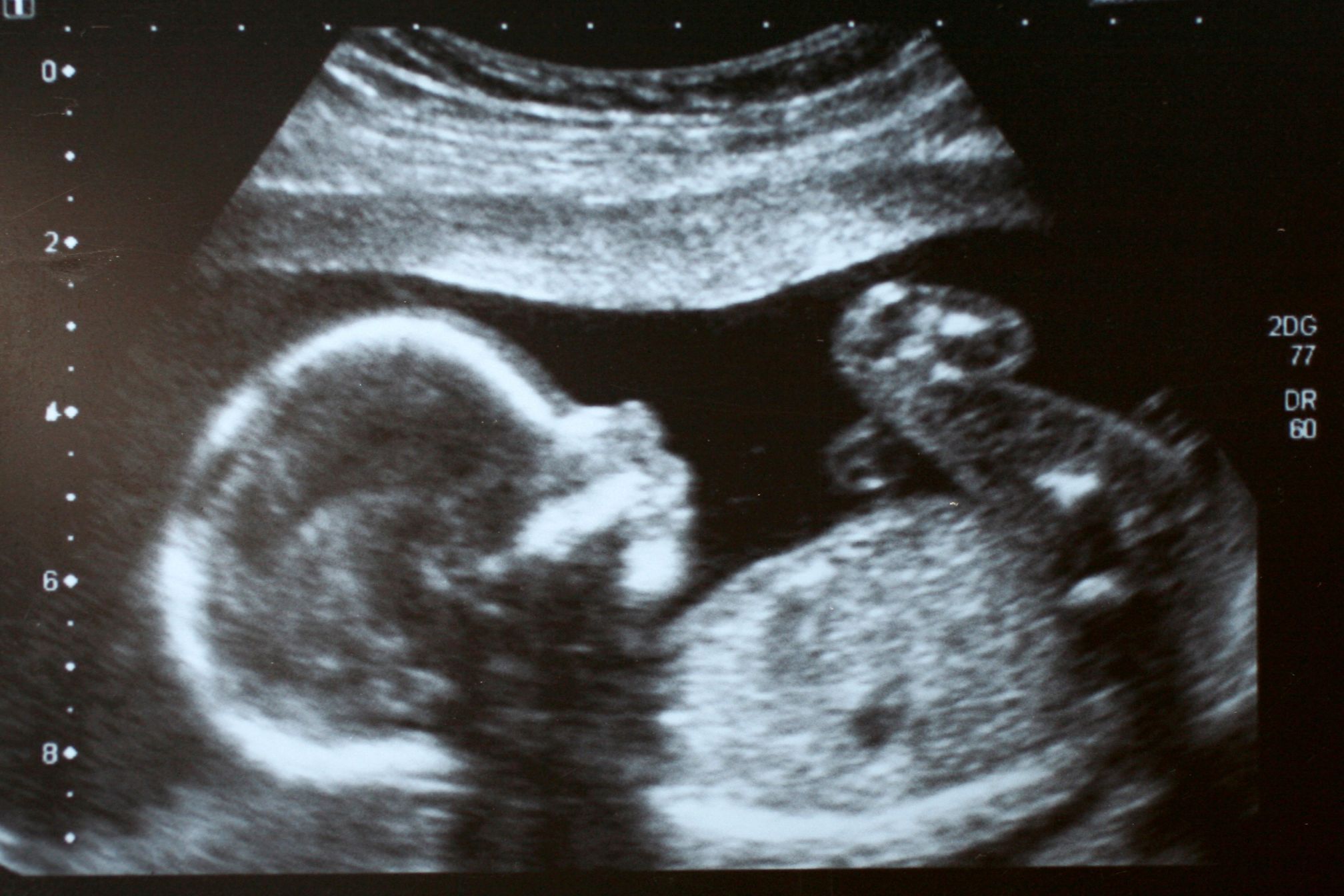Summary
This study aimed to assess the frequency of entheseal thickening using ultrasound (US) in healthy controls (HCs) and patients with axial spondyloarthritis (axSpA). Entheseal thickening is a key feature of enthesitis, but there is no consensus on how it should be defined, and existing cut-off values are criticized for being frequently positive in HCs.
The researchers examined 2160 entheses in 80 HCs and 100 axSpA patients, calculating sensitivity, specificity, odds ratio (OR), and accuracy based on current literature cut-off levels and proposing new cut-offs as the mean ± 2 standard deviations. Results showed that thickening was present in 20.4% of HCs and 33% of axSpA patients based on existing cut-offs. The proposed cut-off values decreased thickening frequency in both groups, increasing specificity but decreasing sensitivity.
Notably, the triceps tendon enthesis was identified as the only site where thickness had a discriminative value, with an OR of 13.4 (current cut-offs) and 10.3 (proposed cut-offs). The study concludes that while using cut-offs may seem attractive for evaluating entheseal thickness, confounding factors may affect measurements, resulting in low discriminative value, except for the triceps tendon enthesis.










